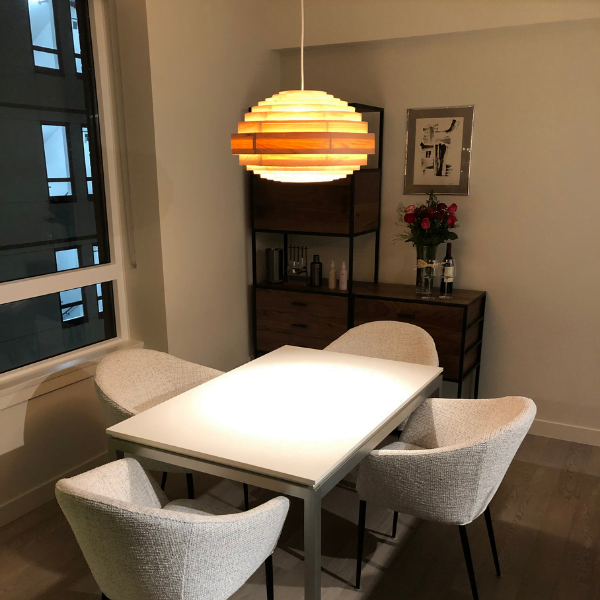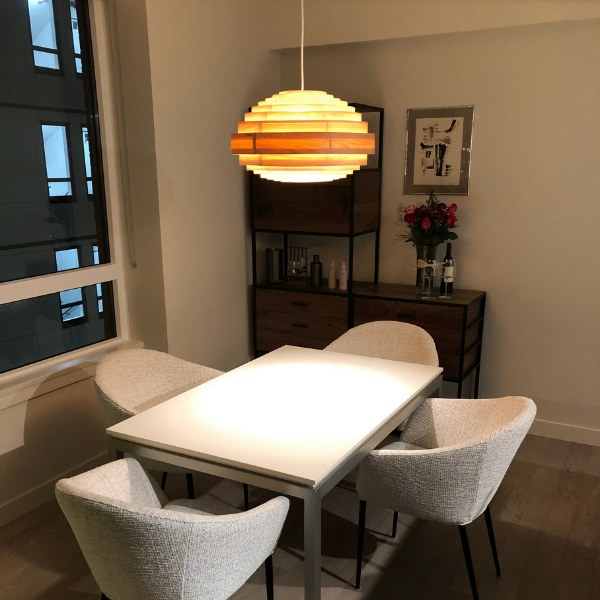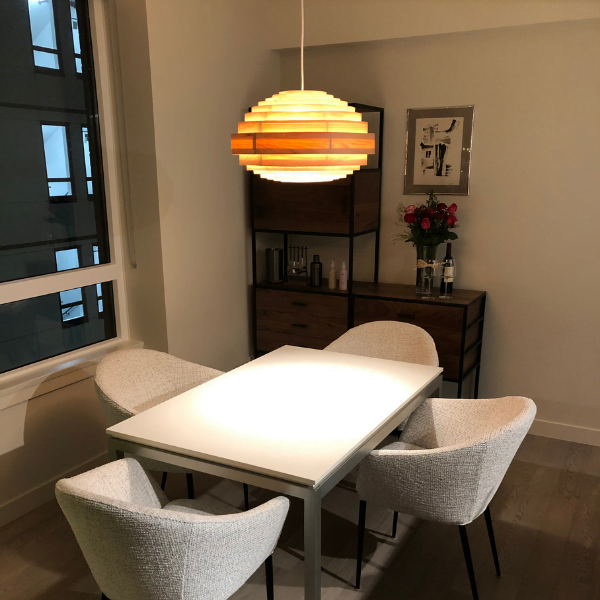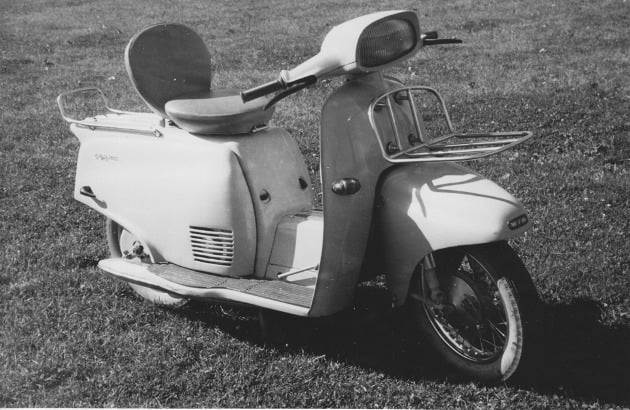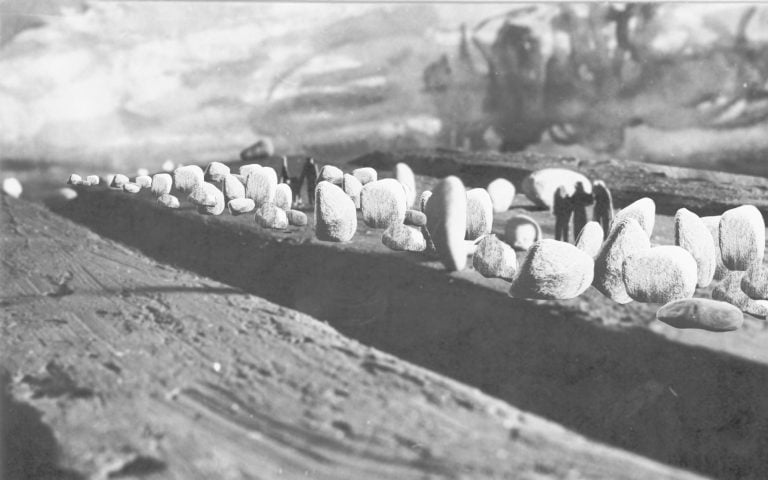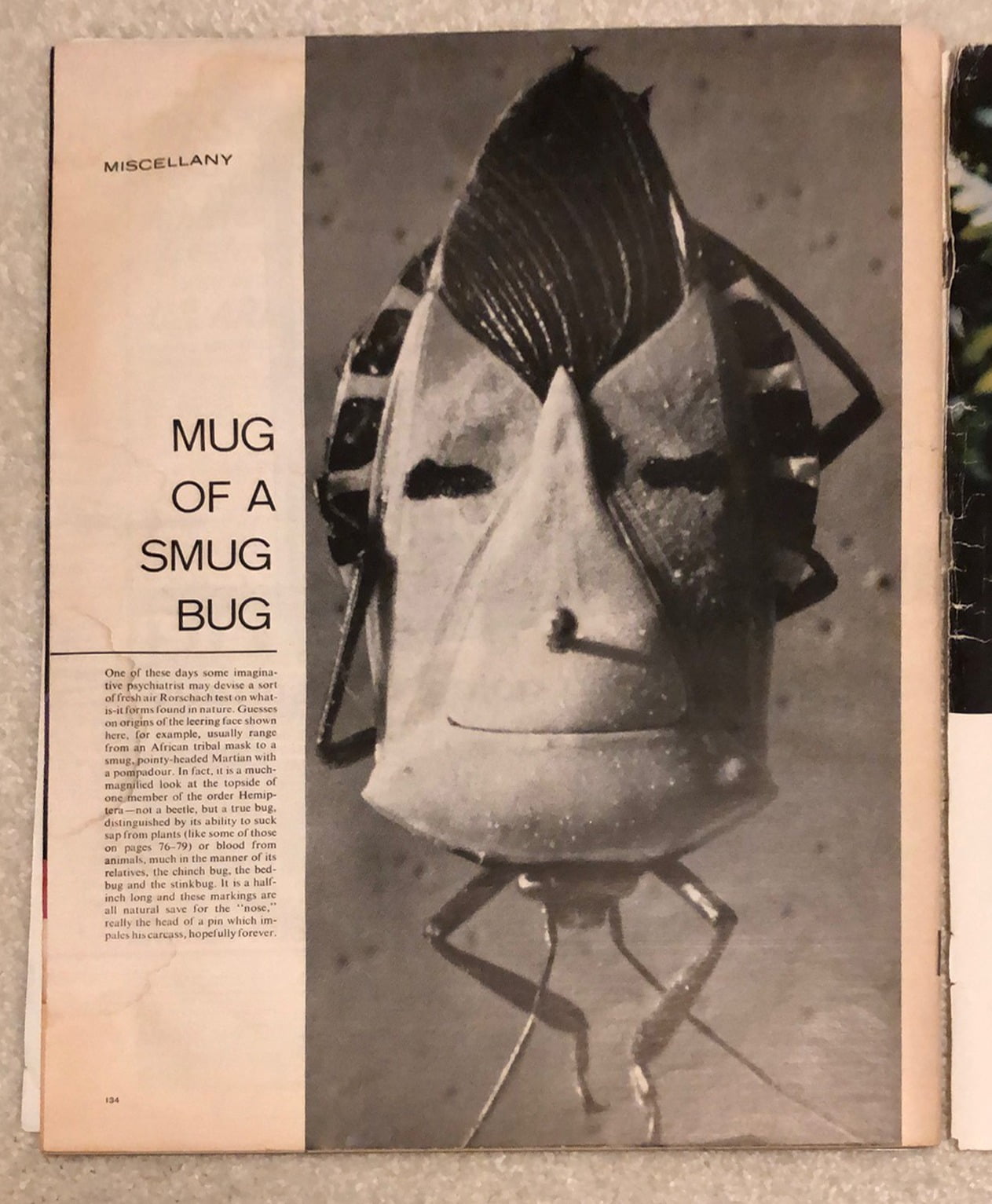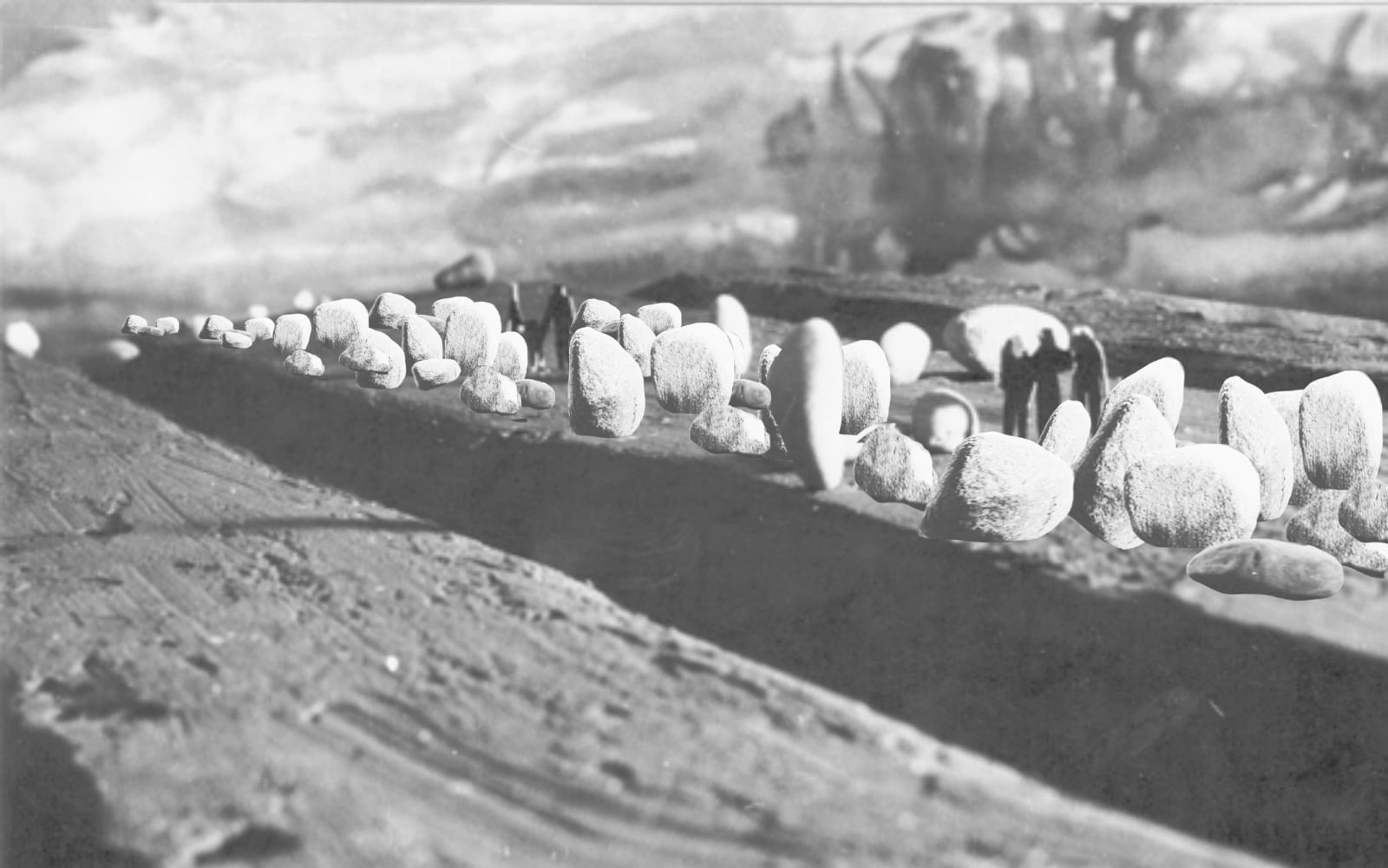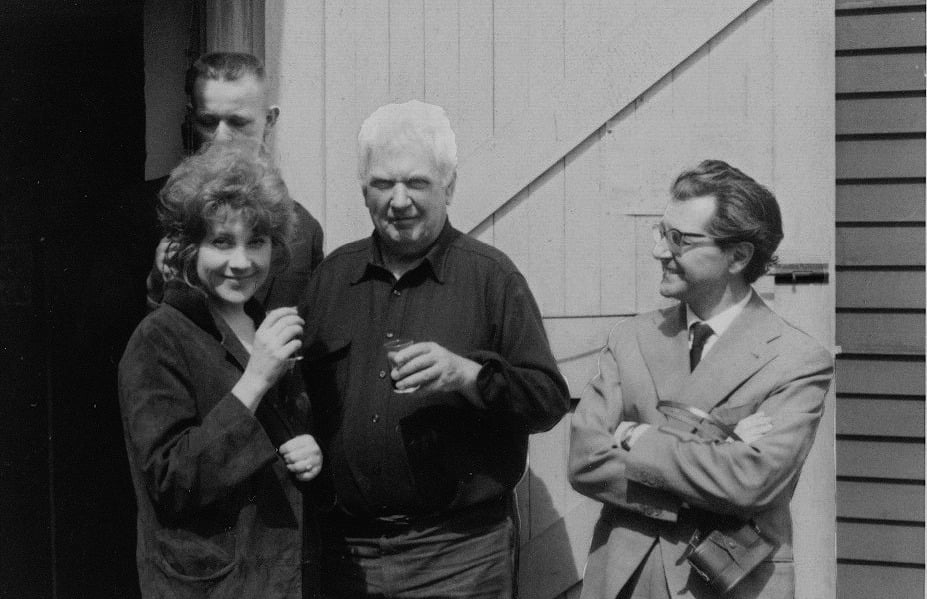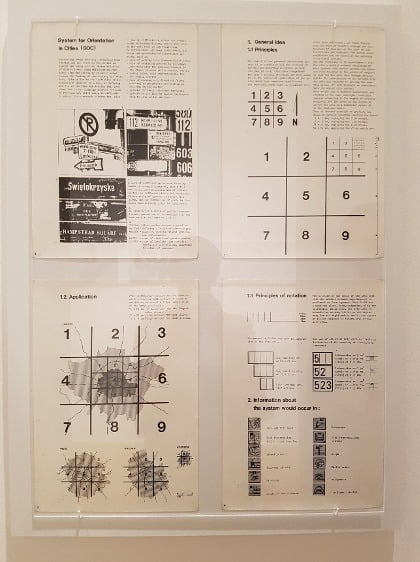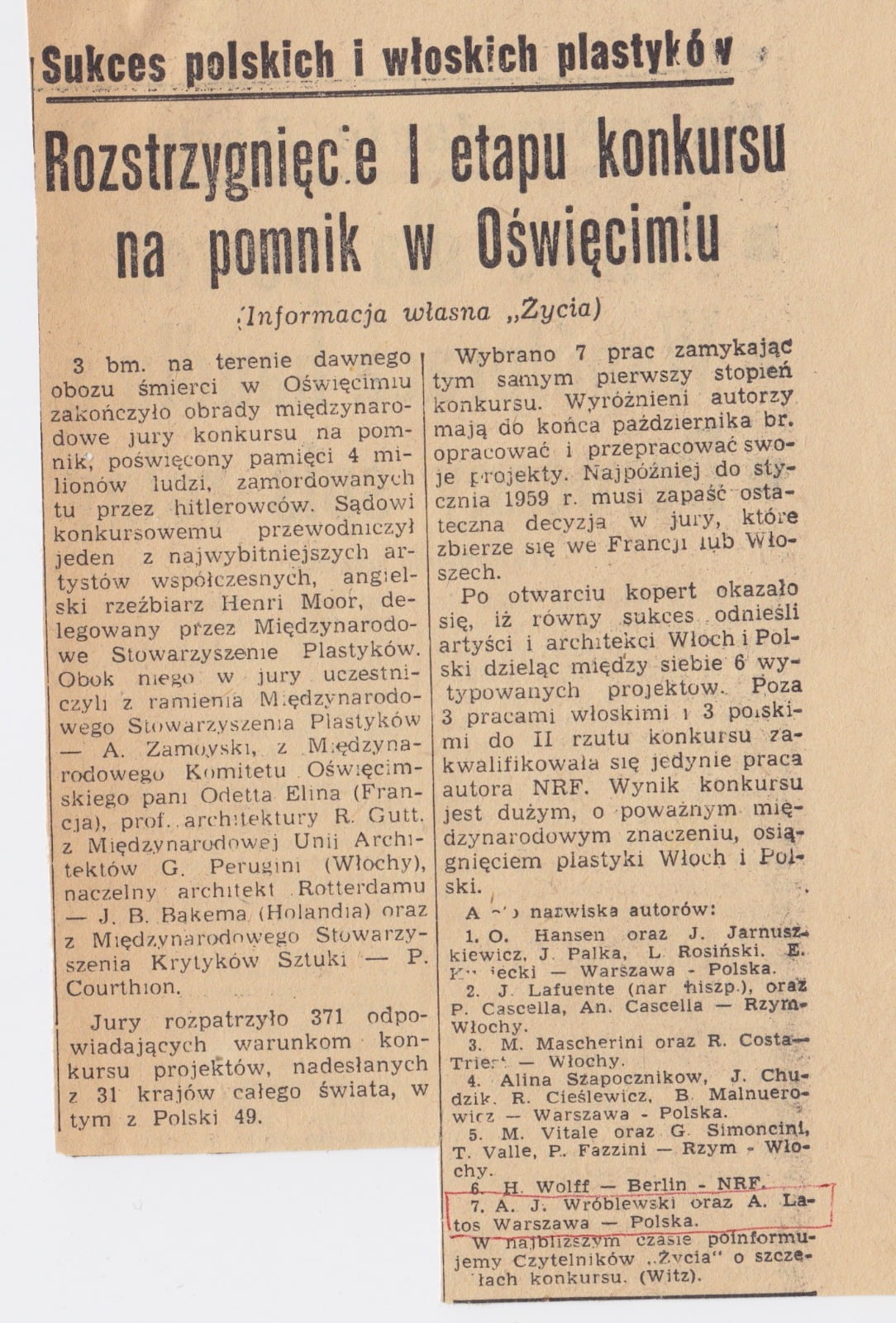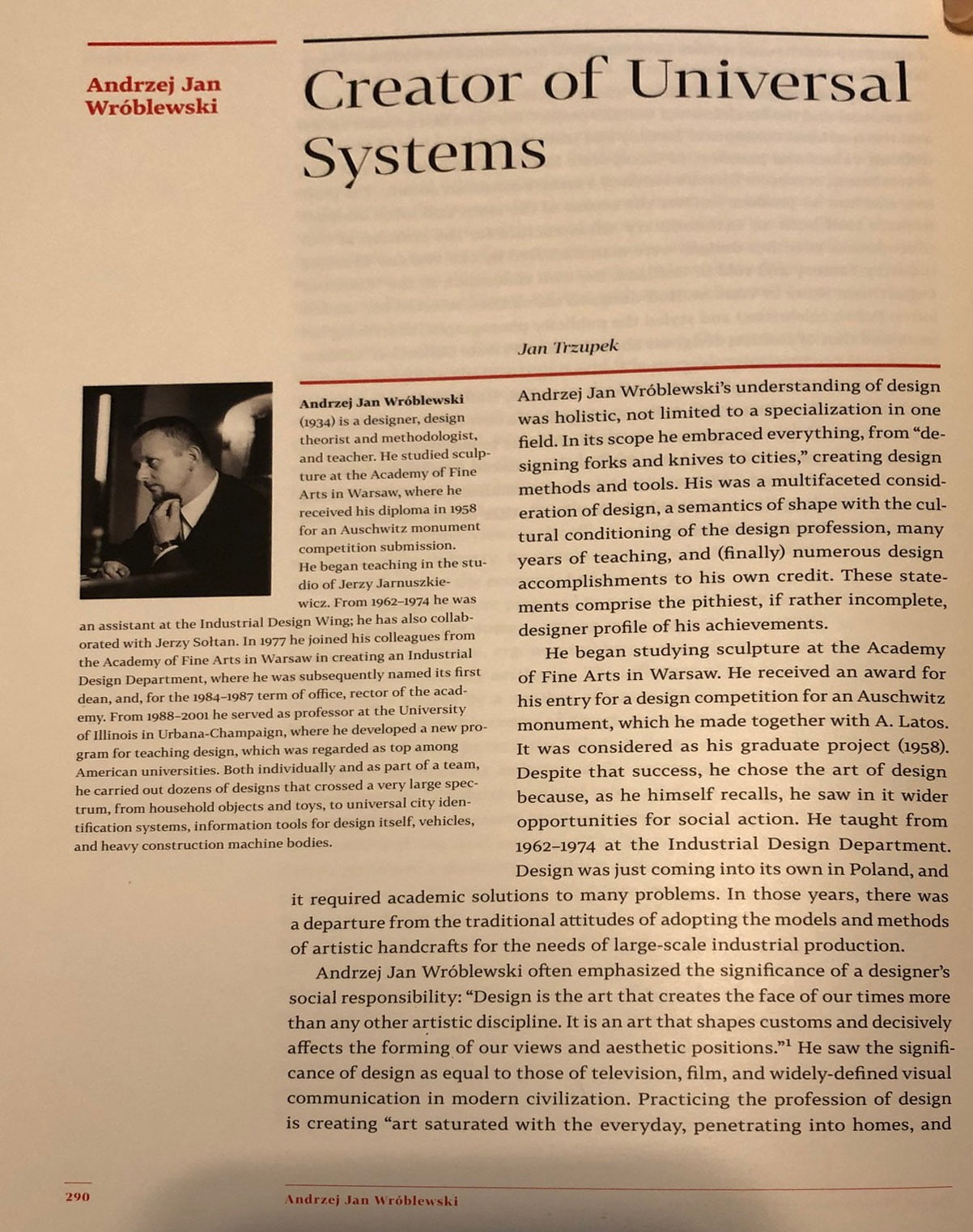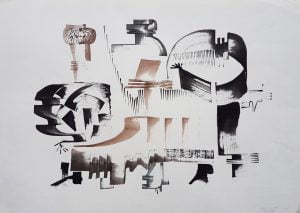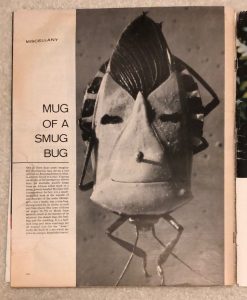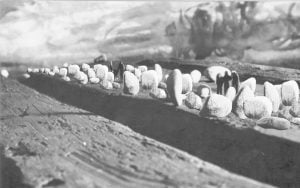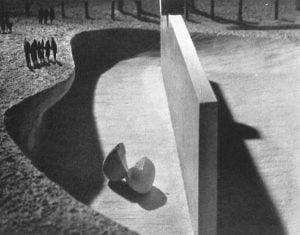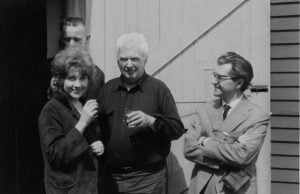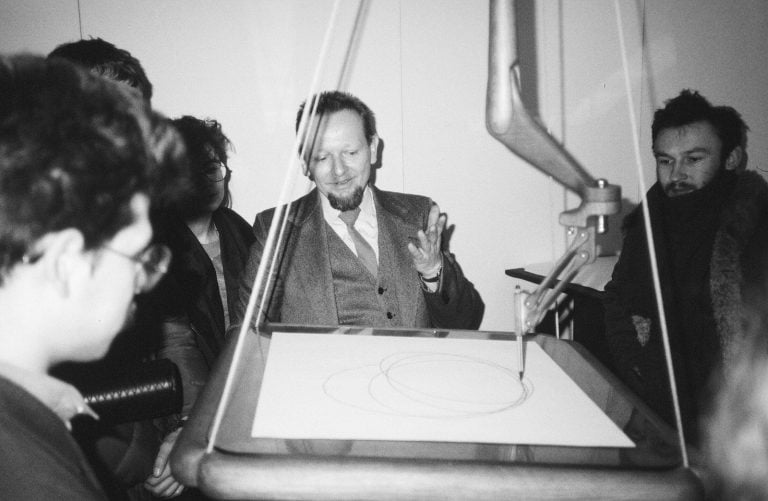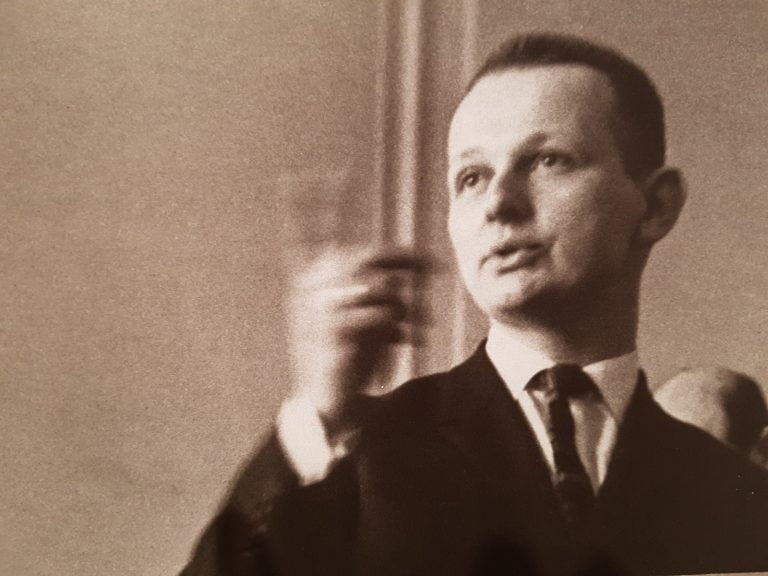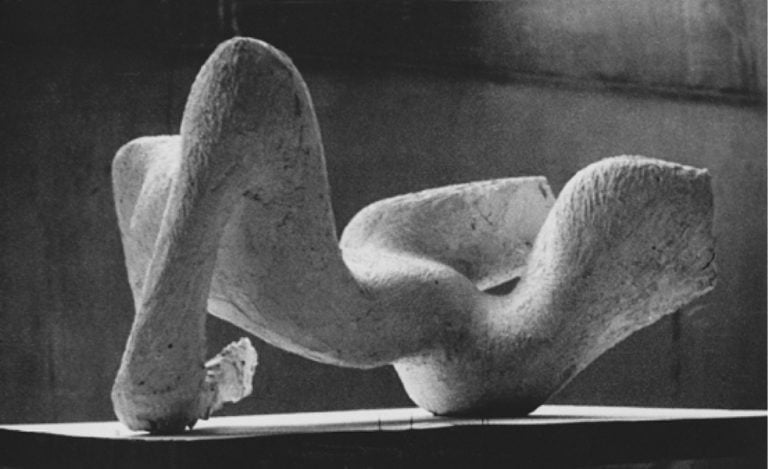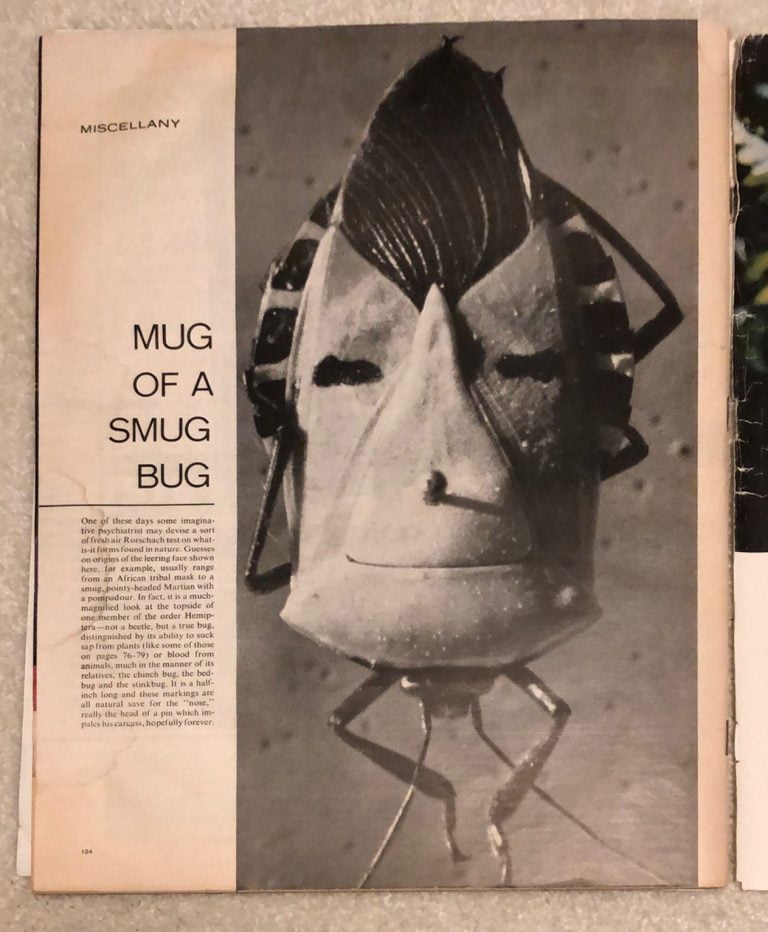
In 1997, in collaboration with Suryanarayana Vanka, AJW authored Material Tool. A selection Guide of Materials and Processes for Designers that was published by Prentice Hall, USA. This innovative CD-Rom software and accompanying hard-copy manual was designed as a handy reference as well as an instructional guide for choosing and sourcing appropriate materials and technological processes for effective design solutions. It also contained a student workbook to support the use of this resource in teaching and learning of design. In addition to being used by individual designers, the software was adopted as an instructional resource by several design programs in North America and beyond.
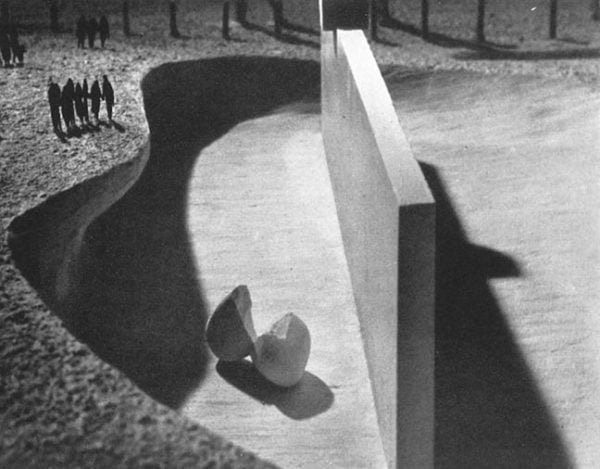
Material Tool CD cover (1997).
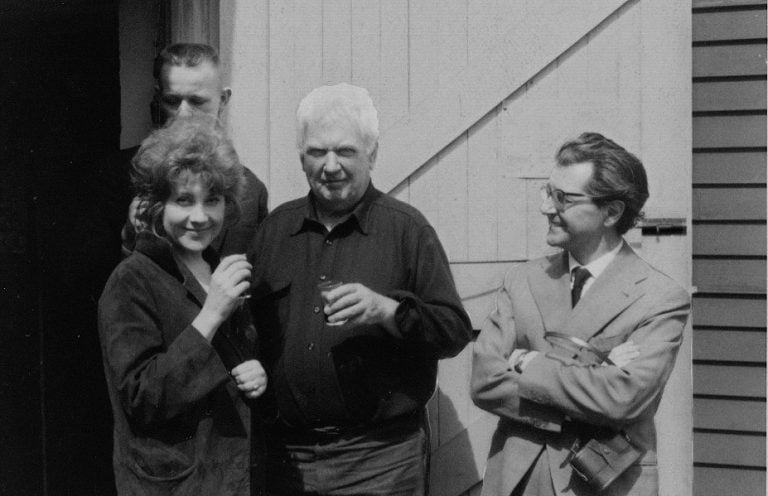
AJW’s own creative design at that time focused on furniture design and adding to the collection of lamps in the Natural Luminance Collection.



